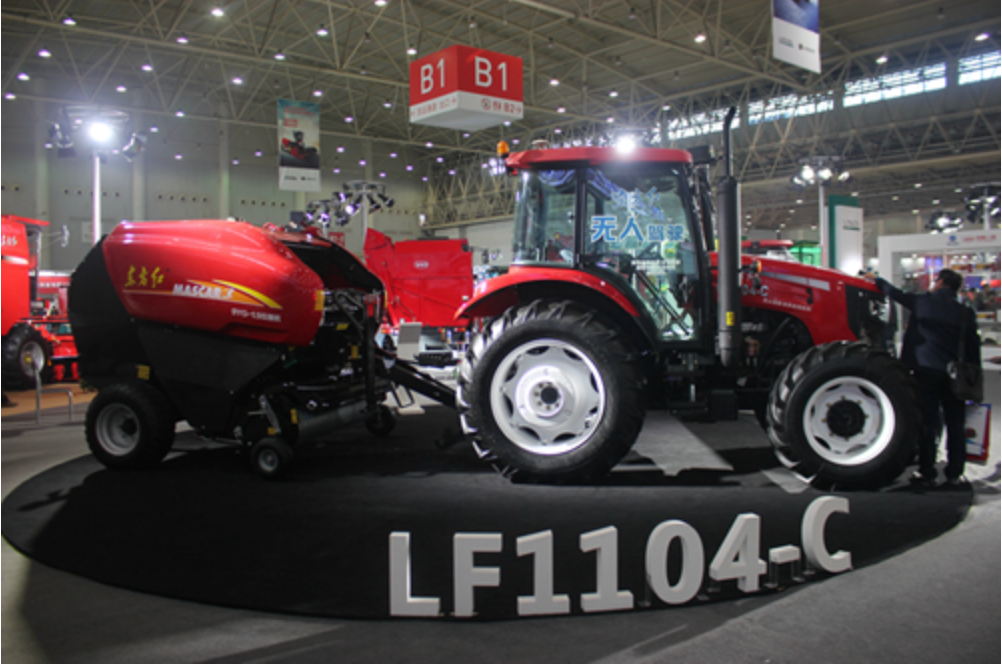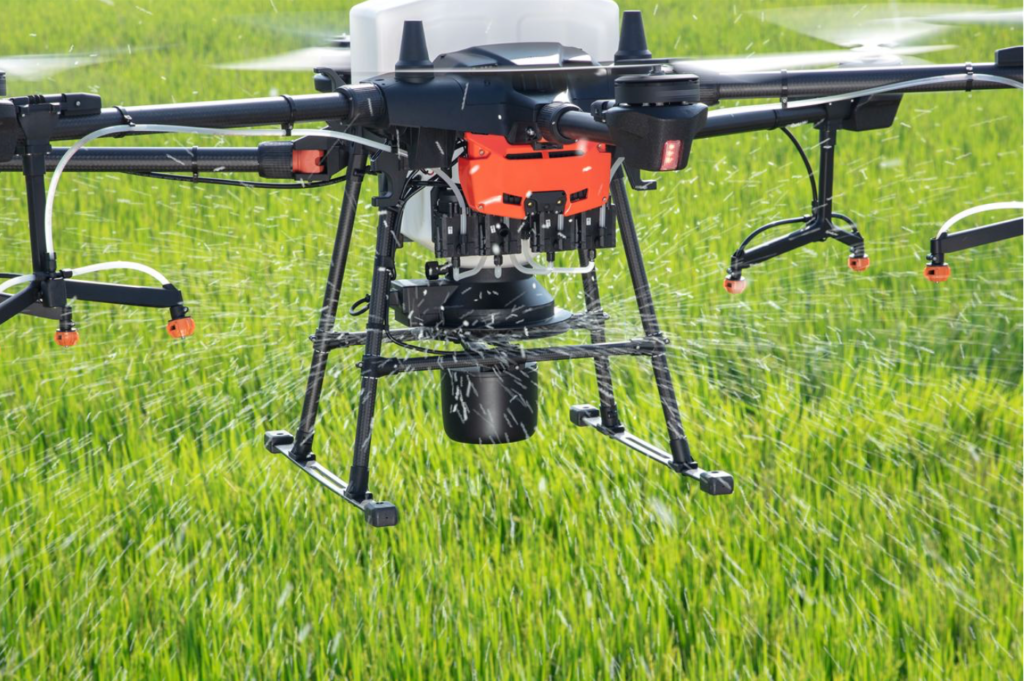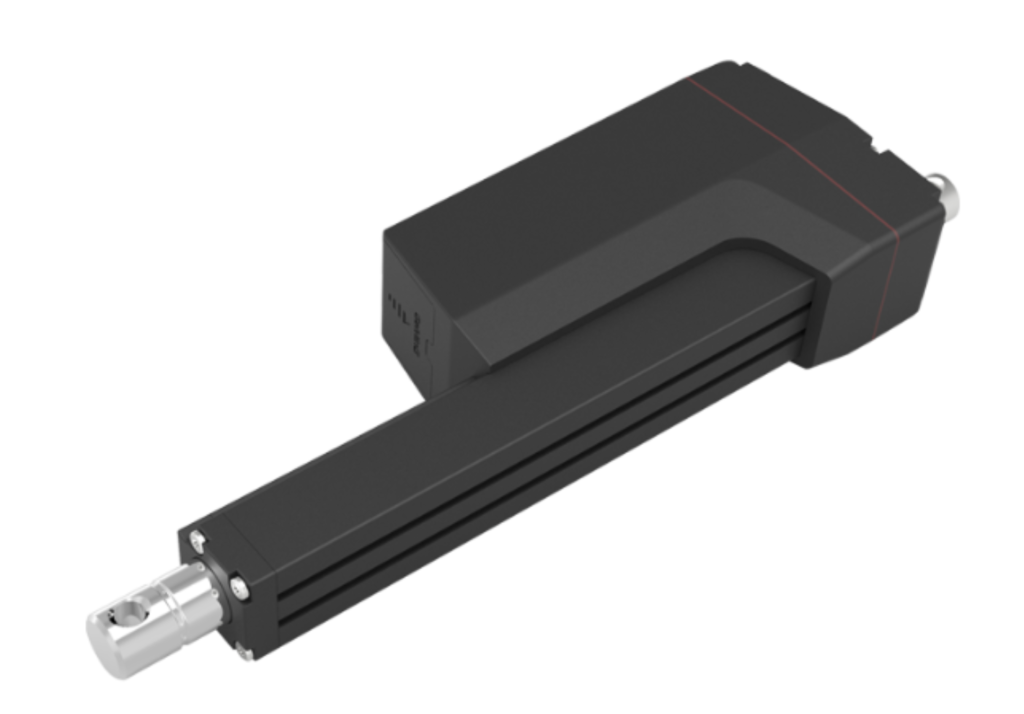


In recent years, agriculture has transformed into a new frontier for artificial intelligence (AI) applications. In 2017, a new generation of AI development plans emphasized the integration of AI with various industries, and agriculture is no exception. The future vision includes establishing and enhancing an intelligent agricultural information remote sensing monitoring network that combines space – based and ground – based systems, along with the development of advanced agricultural sensing and control systems.
The 2019 Huacheng Science and Technology Forum and the Agricultural Artificial Intelligence Summit in Guangzhou brought attention to the potential of agricultural AI. Academician Luo Xiwen of the Chinese Academy of Engineering stated that AI technology can boost labor productivity, resource utilization, and land output rates in agriculture, while also enhancing the industry’s ability to withstand risks and ensuring food and ecological security.
The global agricultural landscape is driving this change. With the world’s population projected to reach 9.1 billion by 2050, the demand for food is expected to double. However, simply expanding cultivated land is not a viable solution. Additionally, the global shortage of agricultural labor, as indicated by World Bank data showing a decline in the proportion of agricultural employment from 43.25% in 1991 to 25.96% in 2018, further emphasizes the need for modern agricultural intelligence.
This has led to a surge in investment in agricultural robots and drones. According to BIS Research, the 2018 revenue of the agricultural drone and robotics market was $5.22 billion, and it is expected to grow at a compound annual growth rate (CAGR) of 24.76% until 2028, reaching $23.06 billion.
Examples of successful AI – based agricultural applications abound. The International Semi – Arid Tropical Crops Institute partnered with Microsoft to develop an AI – based seeding application, which increased crop yields by 30% in India without additional capital investment. Bear Flag Robotics is bringing autopilot technology to orchards, and Swiss startup EcoRobotix has created a solar – powered robotic weeder. In the United States, Advanced Farm Technologies has commercialized a strawberry – picking robot.
In China, smart agriculture is a crucial part of digital construction. With a digitalization level of agricultural production reaching 18.6 in 2018, the market for smart agriculture is booming. The potential market size is expected to reach $26.8 billion by 2020, growing at a CAGR of over 14%. Chinese researchers are also focusing on independent R & D, infrastructure upgrade, and industry development in this field.
The plant protection drone industry is a prime example of smart agriculture’s growth in China. Extreme Flying Technology and Dajiang Agriculture have recently launched new drones with advanced features, such as high – load capacity, advanced radar systems, and intelligent control modules, which have generated significant interest in the industry.


